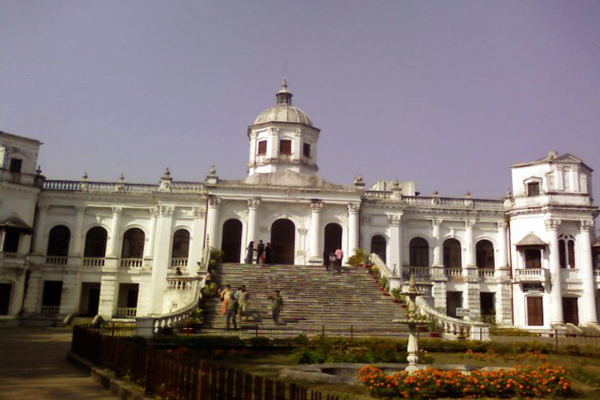Rangpur District, Bangladesh
Rangpur district is located in the northern part of Bangladesh. The previous name of the region was Mughalbasa. Mansingh, the commander of Mughal Emperor Akbar conquered part of the region in 1575 AD. Rangpur came under the Mughal rule completely in 1686 AD. Mughalbasa and Mughalhat of the region (currently in Kurigram district) still bear marks of the Mughal rule in the region. During the Mughal rule Rangpur was under the sarker of Ghoraghat. During the early period of the East India Company rule, Fakir- Sannyasi resistance and peasant rebellion were broke out in the region. The district is formed in 1772 AD. The Geo position of the district is between 15˚03’ to 26˚00’ North latitudes and between 88˚57’ to 89˚32’ east longitude.
Rangpur District Bordered By
Rangpur District is bordered by Nilphamari district to the north, Gaibandha district to the south, Kurigram district to the east, Dinajpur district to the west.
Administration: The area of Rangpur is 2400.56 Sq Km. It is also a Divisional Headquarter. There is a city corporation contains the area of 43 Sq Km; 02 Municipalities in Rangpur named Badargonj and Kaunia. The number of Upazilla (sub district) in Rangpur district is 08, named- Badarganj, Mithapukur, Gangachara, Kaunia, Rangpur Sadar, Pirgachha, Pirganj and Taraganj and Gozaria containing 84 Unions, 1191 Mauzas and 1492 Villages outside of metro area.
Population data of Rangpur District
The total population of Rangpur district is 31,69,614. Sex ratio is 103.79:100, Population Density 1320/Sq Km and annual growth rate is 0.85%.
Literacy: The Literacy Rate of Rangpur district is 80.94%. School attendance rate is 73.20% for 5 to 24 years age group.
Other Important Data: The postal code of Rangpur district is 5400 and NWD Code is 0521. Total Parliament seat in Rangpur is 06. During the liberation war, Rangpur was under Sector Number 06. Average rainfall of the district is 219.45 mm and urbanization rate of the district is 15.37% and average rainfall is 219.45 mm. The main tribes of the region are Urao, Pahari, Mushar, Saotal, Pahan Turi etc.
Rivers: Teesta, Jamuneshari, Ghagot, Kartoa, Chikli, Akhira etc.
Agro Products: Paddy, Jute, Potato, Tobacco, Wheat, Oil seeds, Vegetable etc.






